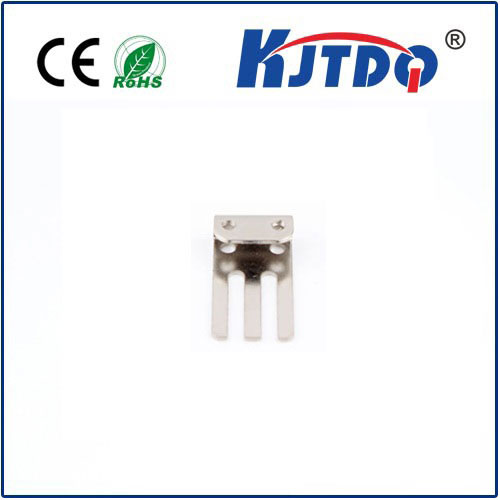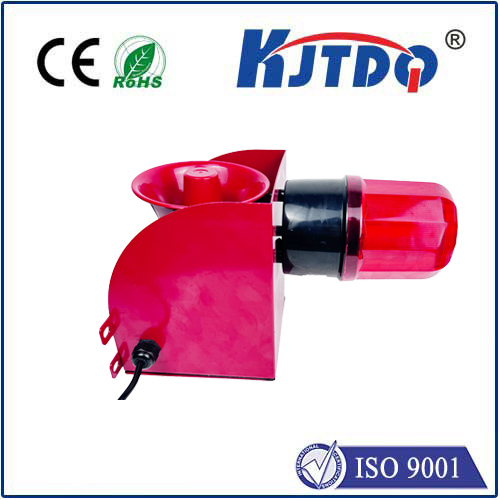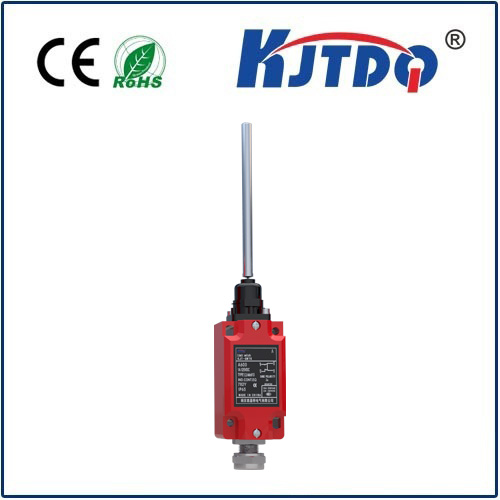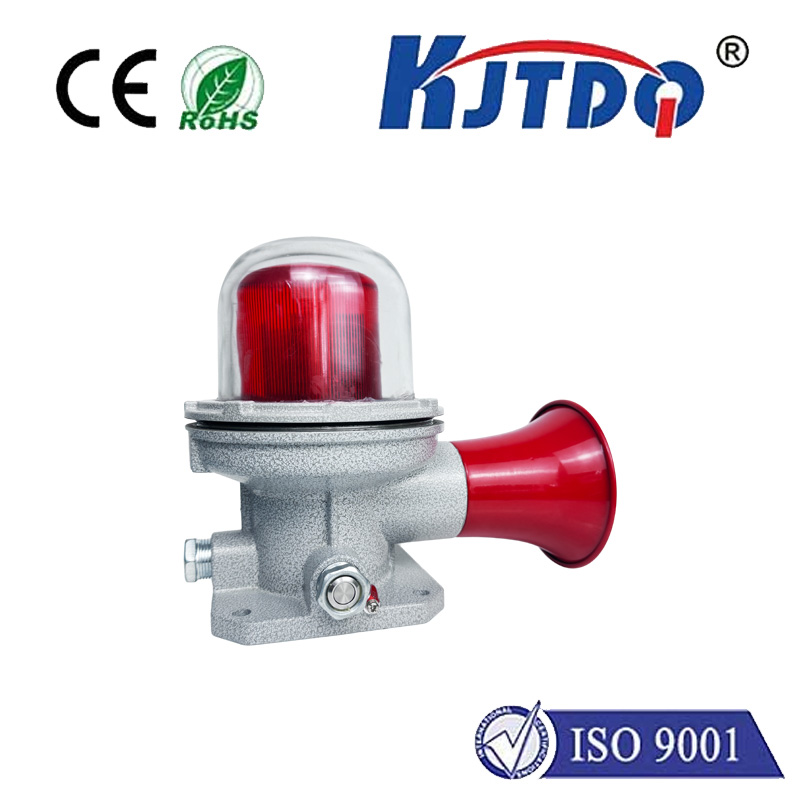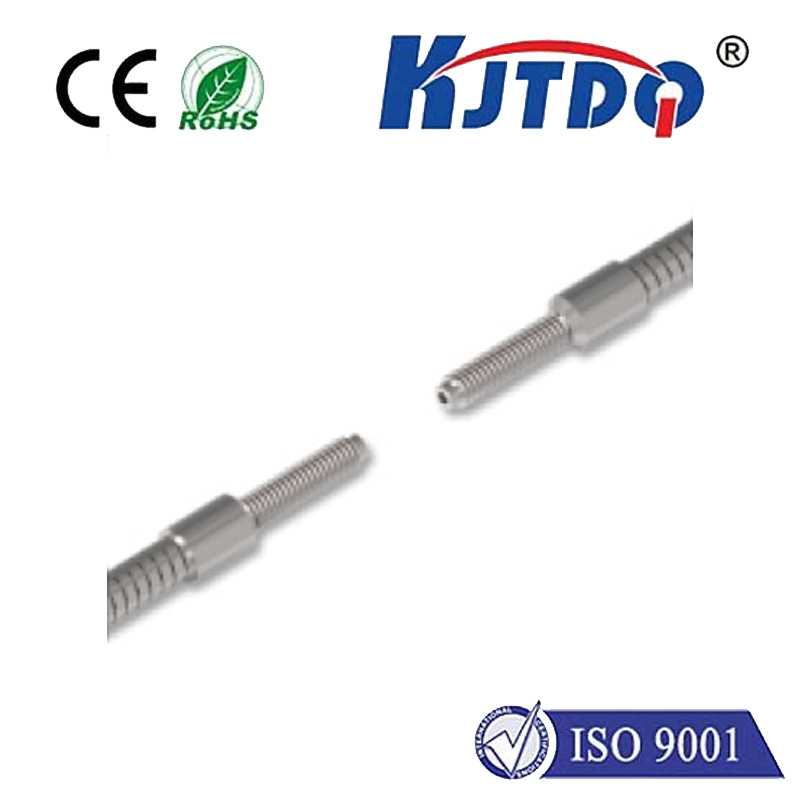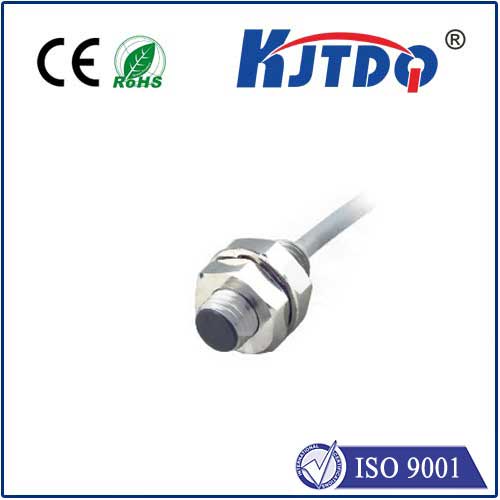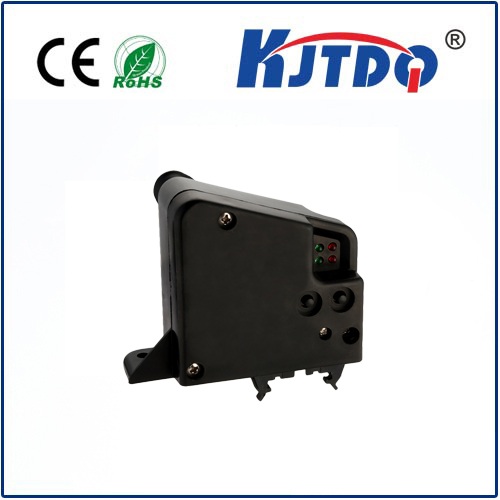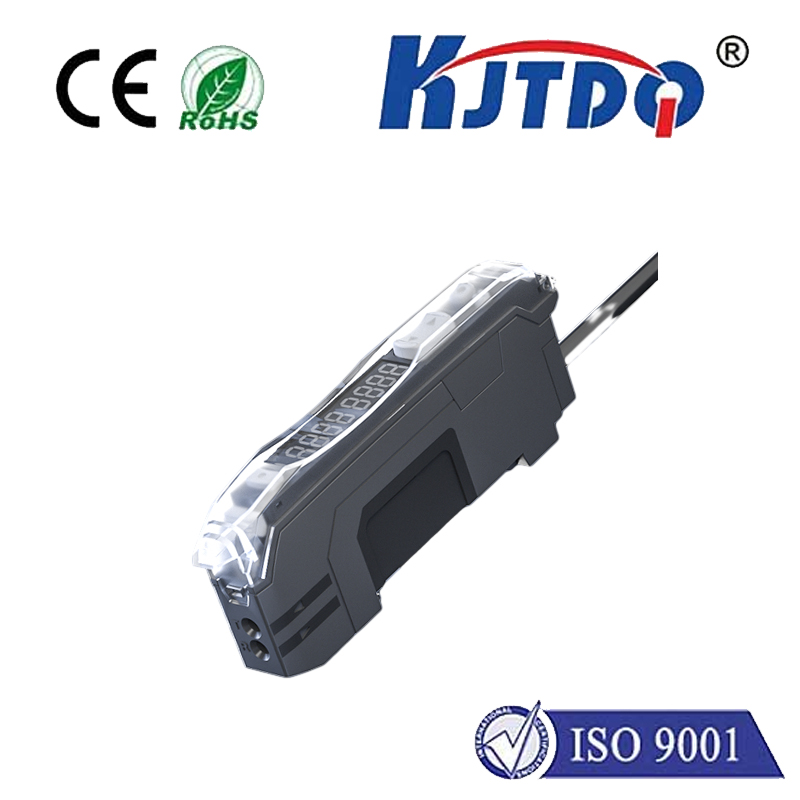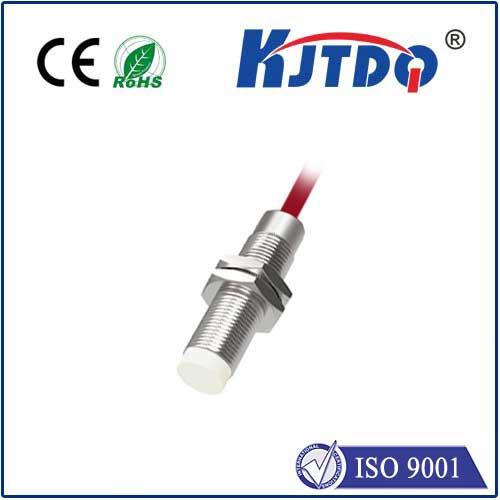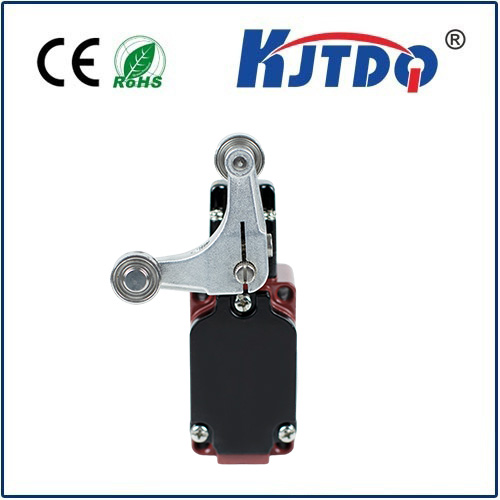
check

check

check

check
In today's rapidly advancing world, technology has become an integral part of our lives. One such technological advancement that has revolutionized the way we measure distances is the triangulation distance sensor. In this article, we will explore the power and applications of triangulation distance sensors.
The triangulation distance sensor works on the principle of triangulation, which is a method used to determine the distance between two points by measuring the angles and lengths of other lines connected to those points. This type of sensor emits a light beam towards the target object and then measures the distance based on the angle of reflection. The sensor uses advanced algorithms to calculate the precise distance between the sensor and the target object.

Triangulation distance sensors have a wide range of applications in various industries. In the manufacturing industry, these sensors are used for quality control purposes. They help in measuring the dimensions of products accurately and detect any deviations from the desired specifications. This ensures that products meet the required standards before they are released into the market.
In the automotive industry, triangulation distance sensors play a crucial role in advanced driver-assistance systems (ADAS). These systems use sensors to provide drivers with real-time information about their surroundings, such as lane departure warnings, adaptive cruise control, and automatic emergency braking. By using triangulation distance sensors, ADAS can accurately measure the distance between vehicles and obstacles, helping to prevent accidents and improve overall road safety.
The construction industry also benefits from the use of triangulation distance sensors. Surveyors use these sensors to map out land and create accurate topographic maps. This helps them to identify potential issues and plan construction projects more efficiently. Additionally, during construction projects, these sensors can be used to monitor progress and ensure that structures are built according to design specifications.
In conclusion, triangulation distance sensors have proven to be a powerful tool in various industries. Their ability to provide accurate measurements has made them invaluable in quality control, automotive safety, and construction planning. As technology continues to advance, we can expect even more innovative applications for these sensors in the future.
